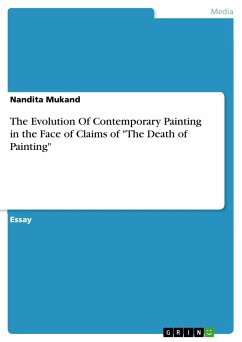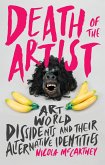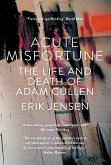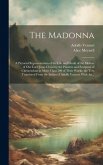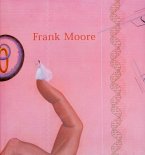This book provides a new perspective on Sienese painting after the Black Death, asking how social, religious, and cultural change affect visual imagery and style. Judith Steinhoff demonstrates that Siena's artistic culture of the mid- and late fourteenth century was intentionally pluralistic, and not conservative as is often claimed. She shows that Sienese art both before and after the Black Death was the material expression of an artistically sophisticated population that consciously and carefully integrated tradition and change. Promoting both iconographic and stylistic pluralism, Sienese patrons furthered their own goals as well as addressed the culture's changing needs. Steinhoff presents both detailed case studies as well as a broader view of trends in artistic practice and patronage. She offers a new approach to interpreting artistic style in the Trecento, arguing that artists and patrons alike understood the potential of style as a vehicle that conveys specific meanings.


